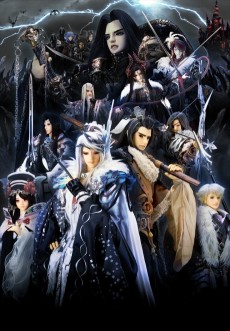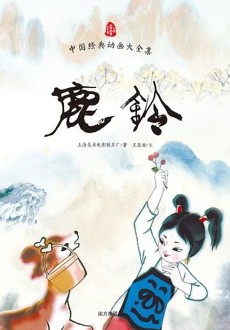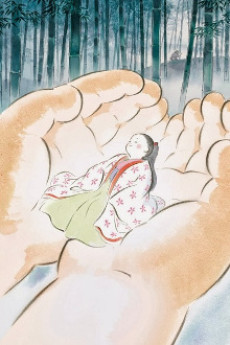DOUJOUJI
MOVIE
MOVIE
Dubbed
SOURCE
ORIGINAL
RELEASE
January 1, 1976
LENGTH
19 min
DESCRIPTION
Based on an ancient legend, Dojoji Temple tells the story of a young priest who finds himself the object of intense infatuation and lust from a young woman. As he rebuffs her advances she becomes more and more desperate eventually turning herself into a gigantic serpent. The priest is hidden under the bell of the temple but the woman's passion is so intense that escape is impossible.
A short animation from filmaker Kihachiro Kawamoto. This film utilizes both stop motion and standard animation techniques.
REVIEWS

Peng
70/100The dynamism of puppetryContinue on AniList_Dojoji Temple_ is a coalescence of traditional Japanese theatrical forms. It is a 19-minute long banraku (puppet theatre) adaptation of the classic Noh play, complete with stop motion, watercolour backgrounds and occasional tidbits of more conventional animation.


SIMILAR ANIMES YOU MAY LIKE
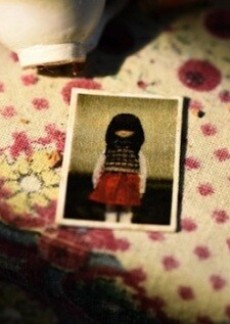 MOVIE DramaMatsugae wo Musubi
MOVIE DramaMatsugae wo Musubi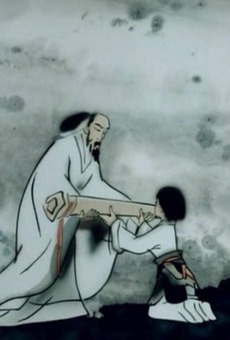 MOVIE MusicShanshui Qing
MOVIE MusicShanshui Qing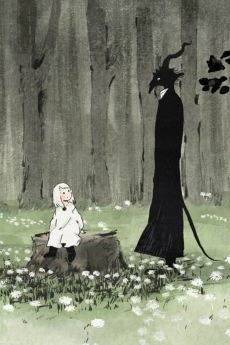 OVA FantasyTotsukuni no Shoujo
OVA FantasyTotsukuni no Shoujo MOVIE HorrorMy Little Goat
MOVIE HorrorMy Little Goat OVA ComedyNekojiru-sou
OVA ComedyNekojiru-sou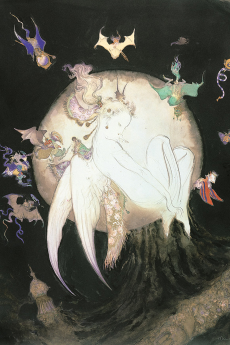 MOVIE Fantasy1001 Nights
MOVIE Fantasy1001 Nights
SCORE
- (2.7/5)
MORE INFO
Ended inJanuary 1, 1976
Favorited by 12 Users

